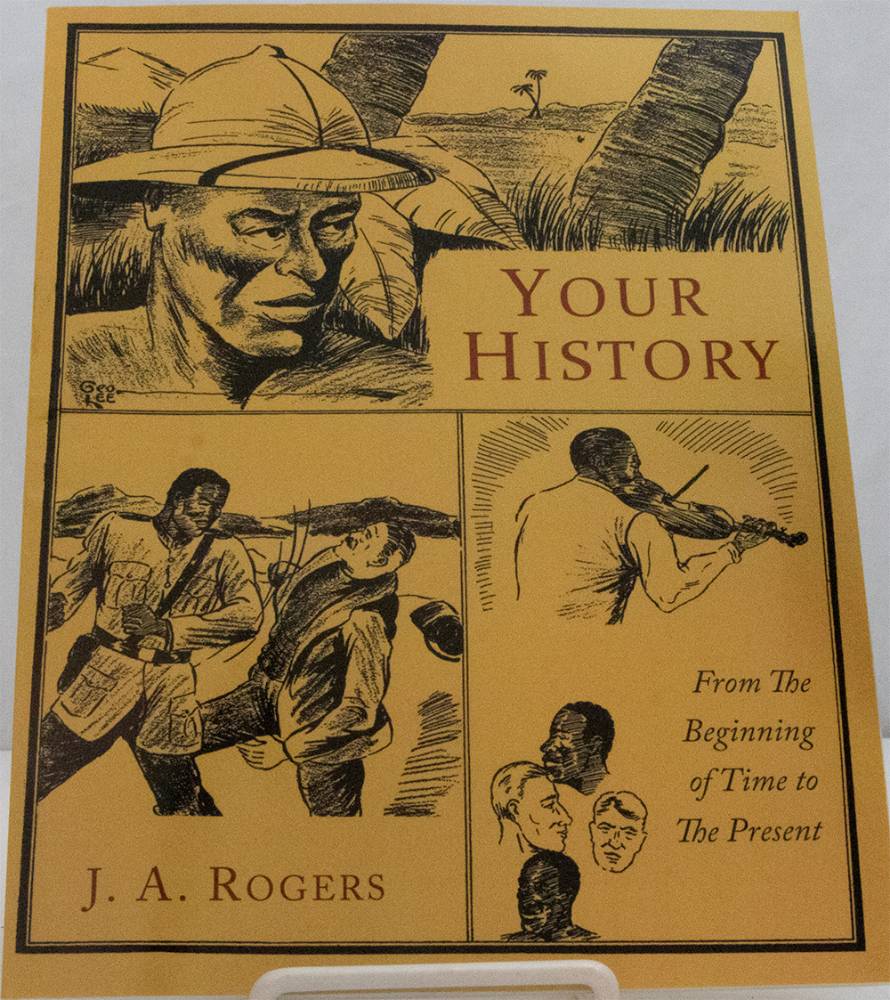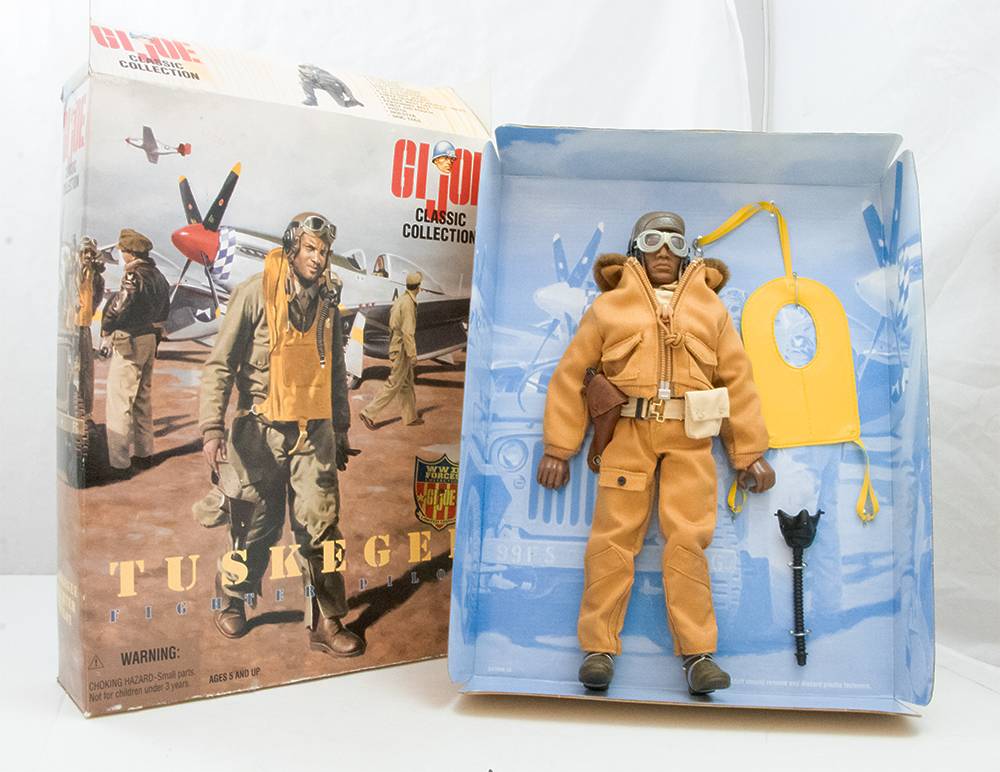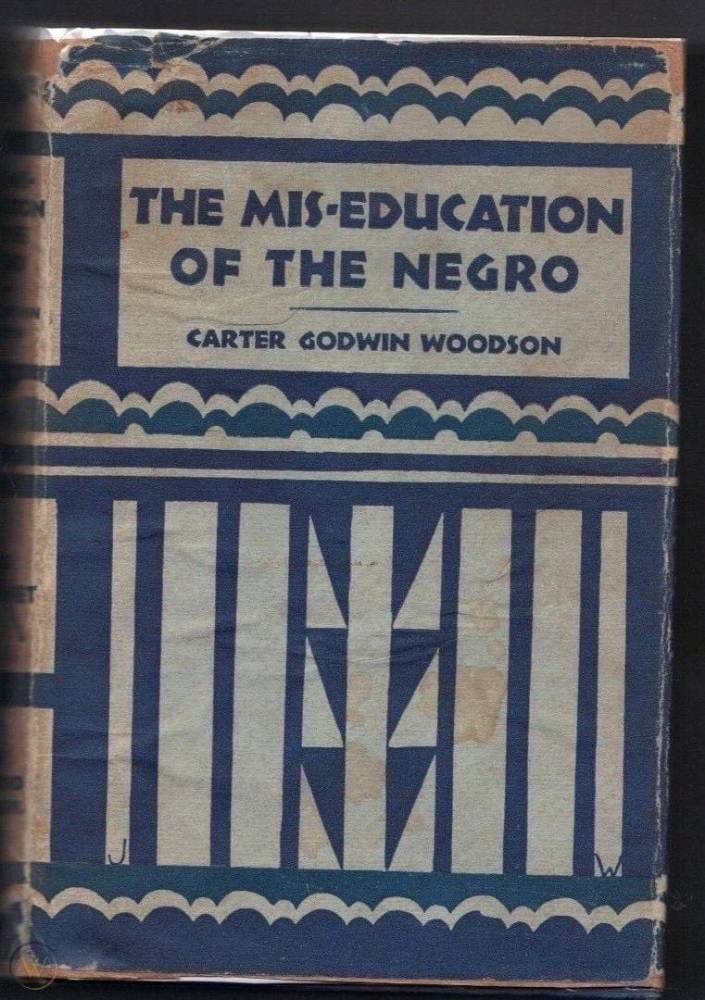Jim Crow Museum
1010 Campus Drive
Big Rapids, MI 49307
[email protected]
(231) 591-5873
Pushback narratives are prominent in the Jim Crow Traveling Museum, Overcoming Hateful Things. In this installment of Question to the Museum, we will share some of the featured pushback narratives that are in our traveling exhibition.
Black authors, artists, and toymakers worked against Jim Crow by creating positive images. Their heroes celebrated Black achievements and introduced Black history to young audiences. When whites ignored, refused to print, or belittled Black contributions, these storytellers gave Black children pride in their heritage and community.

CHARLES ALSTON AND J. A. ROGERS
The Pittsburgh Courier, a Black newspaper, ran an illustrated series called “Facts
about the Negro” specifically for children. Drawn and authored by Charles Alston and
Joel Augustus (J. A.) Rogers, the series profiled authentic historical and contemporary
achievements. In 1940, Rogers also authored an illustrated textbook called Your History.

BEATRICE WRIGHT DOLL
Beatrice Wright was a Black entrepreneur and educator who recognized the need for
natural-looking dolls for non-white children. Manufactured between 1967 and the 1980s,
her dolls were called “Ethnic People Dolls.” The line included Black dolls and those
of non-white ethnicities.

TUSKEGEE AIRMAN GI JOE, 1996
This figure represents Charles B. Hall, a fighter pilot from the 332nd Fighter Group
who trained at the Tuskegee Army Air Field in Alabama. Hall was the first Black military
pilot to shoot down an enemy aircraft. Hasbro, the toy’s manufacturer, honored the
Tuskegee airmen with a series of dolls in 1996.

THE MIS-EDUCATION OF THE NEGRO, 1933
Carter G. Woodson dedicated his life to uplifting Black students by sharing the achievements
and contributions of African Americans. He argued that Black history is American history.
In his most famous work, he took aim at the Black education system for perpetuating
the idea of Black inferiority. He urged pride—and revolution—instead.